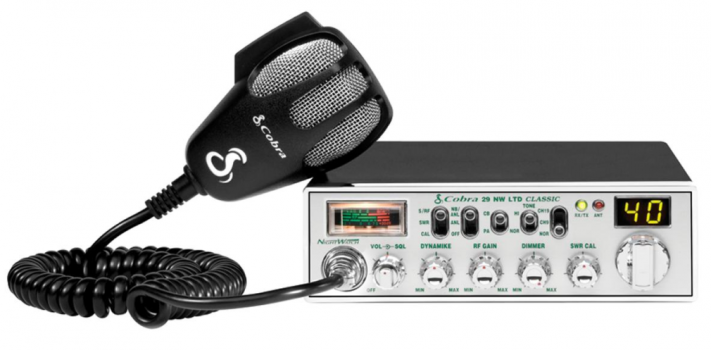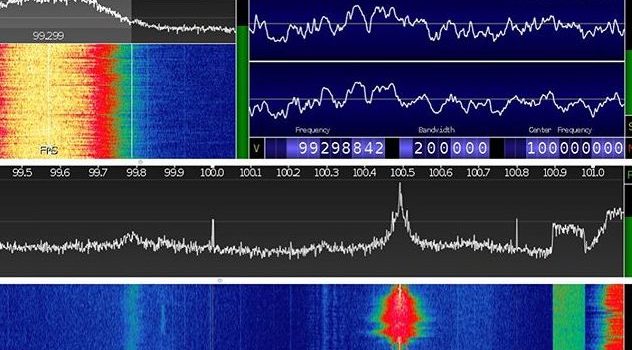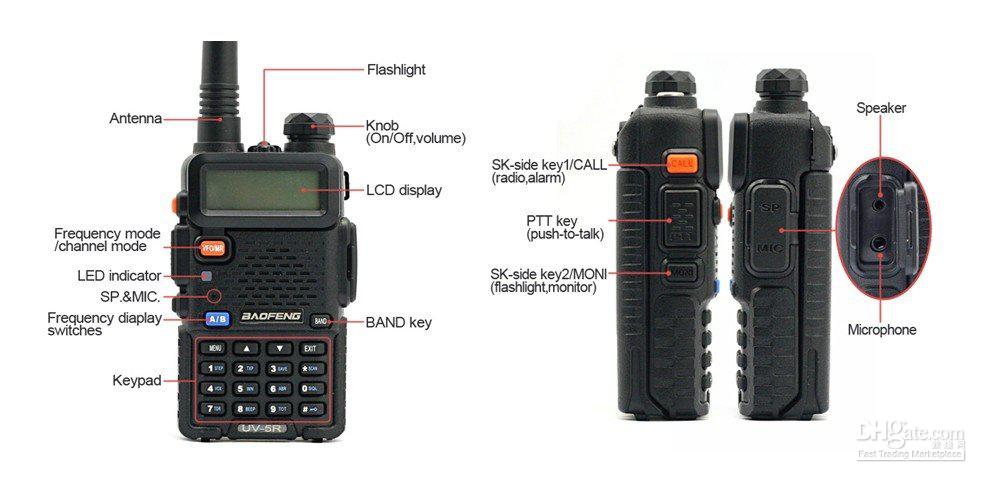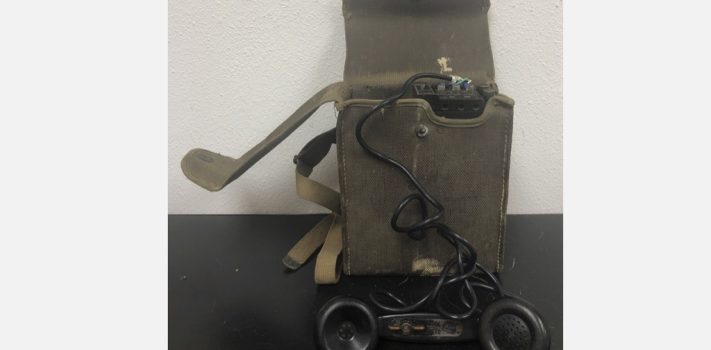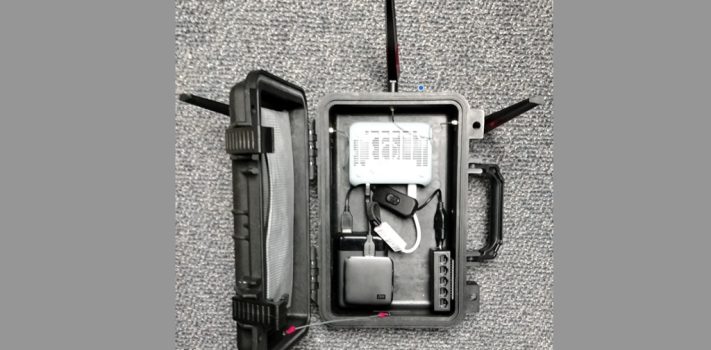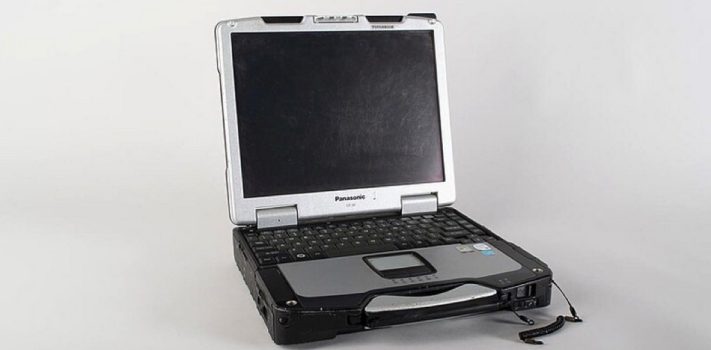Using Military Principles to Improve Civilian Radio Comms – Part 2, by Tunnel Rabbit
(Continued from Part 1.) Emergency Communications The Emergency level (the “E” of the PACE acronym) methods of communications are used exclusively during recovery or for link up in the field where no electronic means are possible or desirable. The injured may need to use a whistle as their only means to call for help. Linking up in the field is a very dangerous situation that carries the threat of ambush with it, or even casualties from friendly fire. How the Emergency PACE level methods are used to signal using a code or a procedure only known to friendly participants must …

